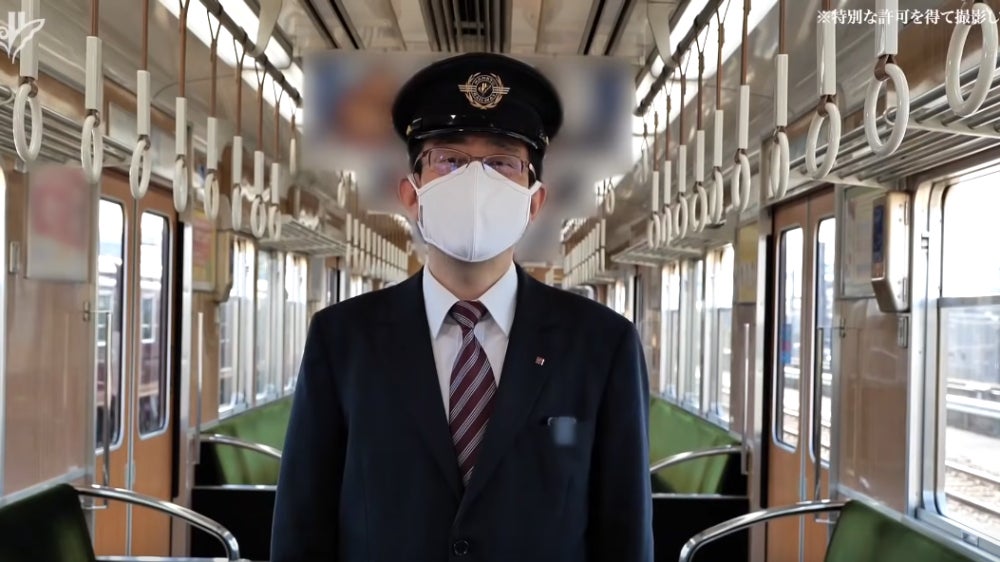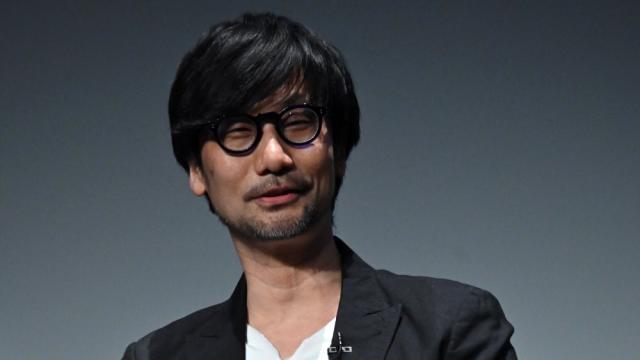The country of Japan is crisscrossed with trains. Many of them are memorable and great. But for me, one train stands apart as truly special — the Hankyu train. I’m not alone.
In his forthcoming book The Creative Gene, Kojima has a chapter titled, “For Me, The Hankyu Railway Is A Time Machine Connecting Memories To My Hometown.” The chapter is from an essay published in 2011 and includes his review of the 2008 novel Hankyu Densha by Hiro Arikawa.
What was to become Hankyu Railway was originally founded in Minoo, Osaka in 1907. The railway’s hub is now in Umeda, one of Osaka’s city centres, and stretches to Kyoto and Kobe. The train lines are convenient, and many of the stations are quite charming and even idyllic. But what makes Hankyu trains really stand out is their elegance.
For the past century, Hankyu’s carriages have been maroon. The colour is so distinctive that in Japan it’s known as “Hankyu colour.” A hundred years ago, train cars had wood paneling. These days they don’t, but Hankyu keeps that tradition alive. “Wood patterns are printed on the interior steel sheets to produce a warm atmosphere,” writes the railway’s official site. “This commitment to the interior is also our tradition.” This gives the inside of a Hankyu train a warm, retro feeling. The faux wood walls are accented by the lush golden oil coloured seats made of wool from Angola sheep. The seats not only look fantastic, but are pleasant to the touch.
“If someone were to ask me what I think of when I picture a train, it would be those maroon carriages — the classic Hankyu train running through the mountain valleys of Kansai,” writes Kojima. He was born in Tokyo’s Setagaya, where the Odakyu train line runs, but moved to Osaka when he was young and has no memories of the Odakyu line. His childhood home was close to Hankyu Ibarakishi Station in Osaka Prefecture, so as a child, every time he went to Kyoto or Osaka City, it was on a Hanky train.
“To this day, I can see visualise the memorable scenery from the Hankyu Kyoto line of my youth, like the Suntory Yamazaki Distillery and the concrete factory in Awaji.”
In fifth grade, Kojima’s family moved to Kawanishi in neighbouring Hyogo Prefecture. He might have been in a new prefecture, but his home was still near a Hankyu line. Any time he ventured into Umeda, Kyoto, Itami, or Kobe, it was all on a Hankyu train. Even after college, when he found his first job and apartment, Kojima was still living near a Hankyu train line. He could’ve used the JR line for his commute, but he stuck with the Hankyu train.
“Hankyu trains accompanied me through half of my life,” writes Kojima. “For cram school, regular school, work, play, dates, movies, shopping, going on trips, annual New Year’s Day shrine visits, going to the airport (via Hotarugaike Station), and visiting home, all of it was by Hankyu.” For Kojima, the maroon colour symbolises both trains and his youth.

In the chapter, Kojima recalled riding the train for the first time in a year. The scenery outside had changed, and inside the carriage, things had been modernised and updated. There are small flat screens running ads and showing the subway map, which are common on many Japanese trains. “But even then, the ride felt nostalgic amid the train’s cosy, cradle-like sway,” he wrote. “For me, the Hankyu Railway is not just a means of getting from one place to another, but a time machine connecting my memories to my hometown.”
For years, I lived next to a Hankyu railway line. I would stand out on my balcony, and watch the trains at night. I remember taking the Hankyu train to go on dates with my then girlfriend, now wife. My eldest son, who’s about to enter college, was obsessed with Hankyu trains as a little boy, and on my days off, we would ride them throughout Kansai. I have since moved away and, sadly, don’t leave near a Hankyu station anymore. But the trains continue to provoke a deep emotional response when I see them. I love looking at the train cars click-clack down the tracks. I love riding them and sitting in their seats. And so does Hideo Kojima.
The Creative Gene will be released on October 19. You can find out more about the book here.

Leave a Reply